Inside Temple
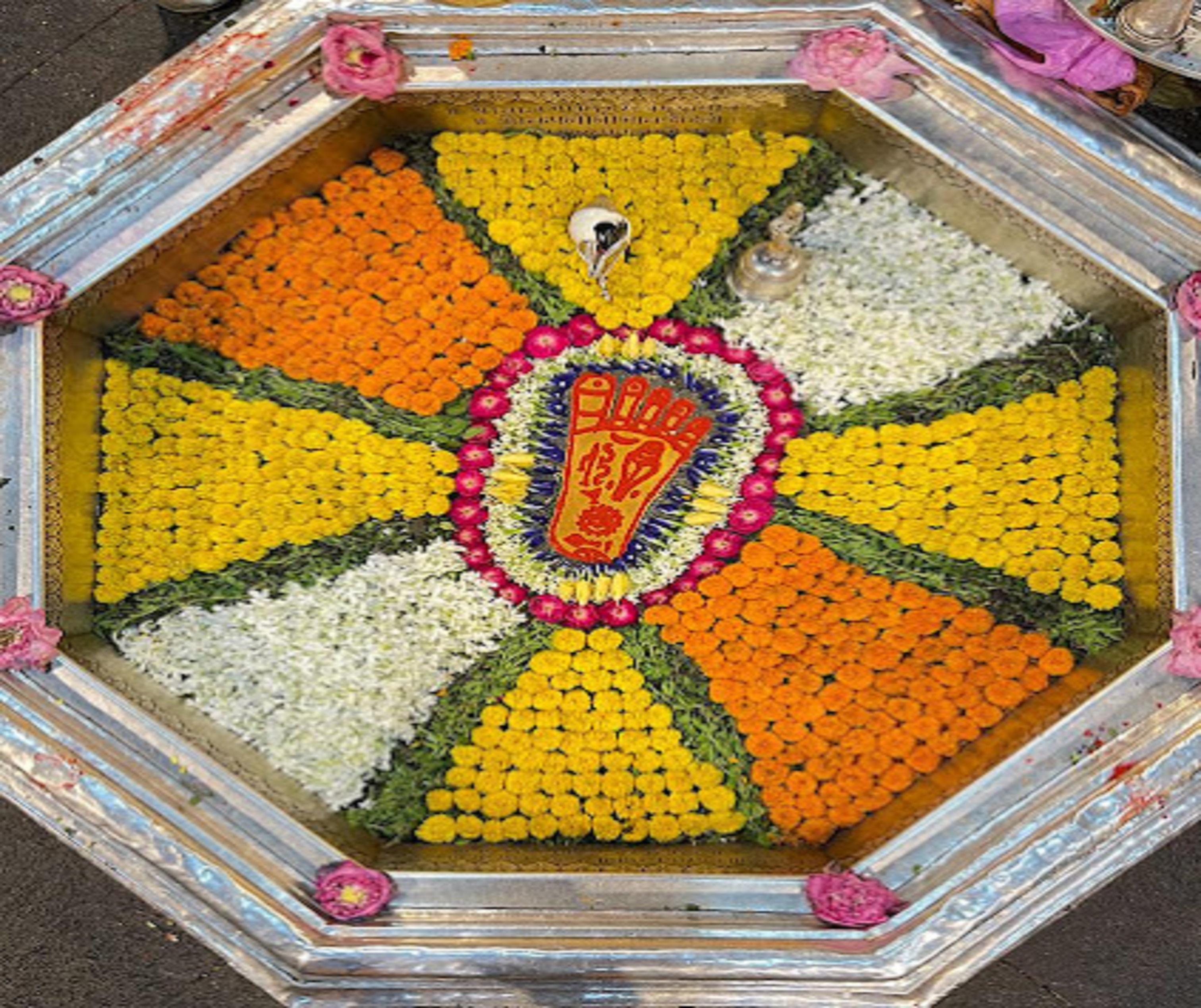
The Vishnupad Temple in Gaya, Bihar, is one of the holiest pilgrimage sites for Hindus, dedicated to Lord Vishnu. Inside the temple, the most revered artifact is the "Vishnupad"—a stone footprint of Lord Vishnu, which is preserved in a circular structure. It is believed to be the exact spot where Lord Vishnu's feet touched the earth during his visit to Gaya. The footprint is marked in a stone slab and is a focal point of worship for devotees. The temple’s sanctum is adorned with intricate carvings and beautiful sculptures of various Hindu deities. Devotees perform rituals, offering prayers for their ancestors, especially during the Pitrapaksha Mela, a major event held annually in Gaya, where people gather to perform rites for the souls of their departed family members. The temple's inner chambers are adorned with colorful paintings and murals depicting scenes from Hindu mythology, creating a serene and divine atmosphere. The air inside the temple is filled with the sounds of bells, chants, and the fragrance of incense, contributing to a deeply spiritual environment. The temple’s historical and religious significance, combined with its calm atmosphere, makes it a must-visit destination for pilgrims and visitors seeking peace and divine blessings.
Other Attractions
In addition to the Vishnupad Temple, Gaya offers several other notable attractions that enrich the spiritual and cultural experience of visitors. One such attraction is the **Bodhi Tree** and the **Mahabodhi Temple** in Bodh Gaya, located about 12 kilometers from the Vishnupad Temple. This UNESCO World Heritage Site is where Lord Buddha attained enlightenment under the Bodhi tree, making it a key pilgrimage site for Buddhists worldwide. Another significant site is the **Mangla Gauri Temple**, also in Gaya, which is dedicated to Goddess Mangla Gauri and is part of the 18 Shakti Peethas. The temple is perched atop a hill, offering panoramic views of the surroundings, and is famous for its spiritual significance and the 108 steps leading to it.
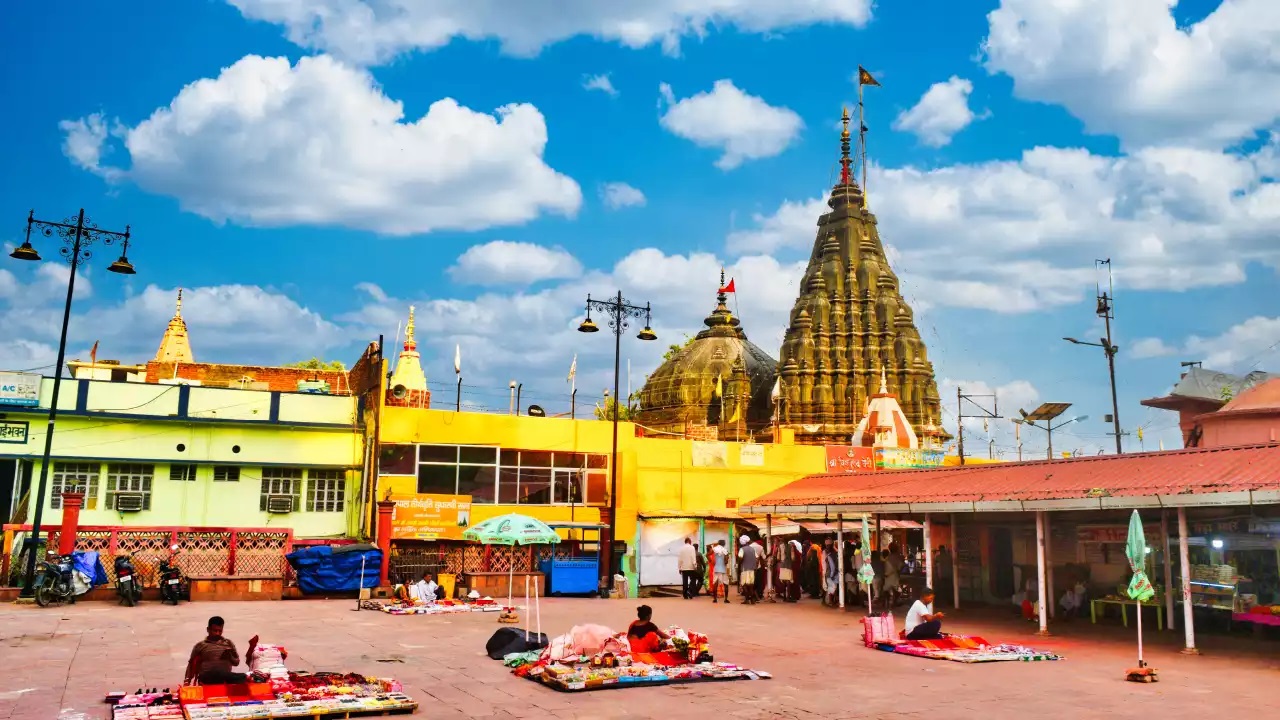
Distance From
Gaya Railway Station
The Vishnupad Temple is located about 2 kilometers from Gaya Railway Station.
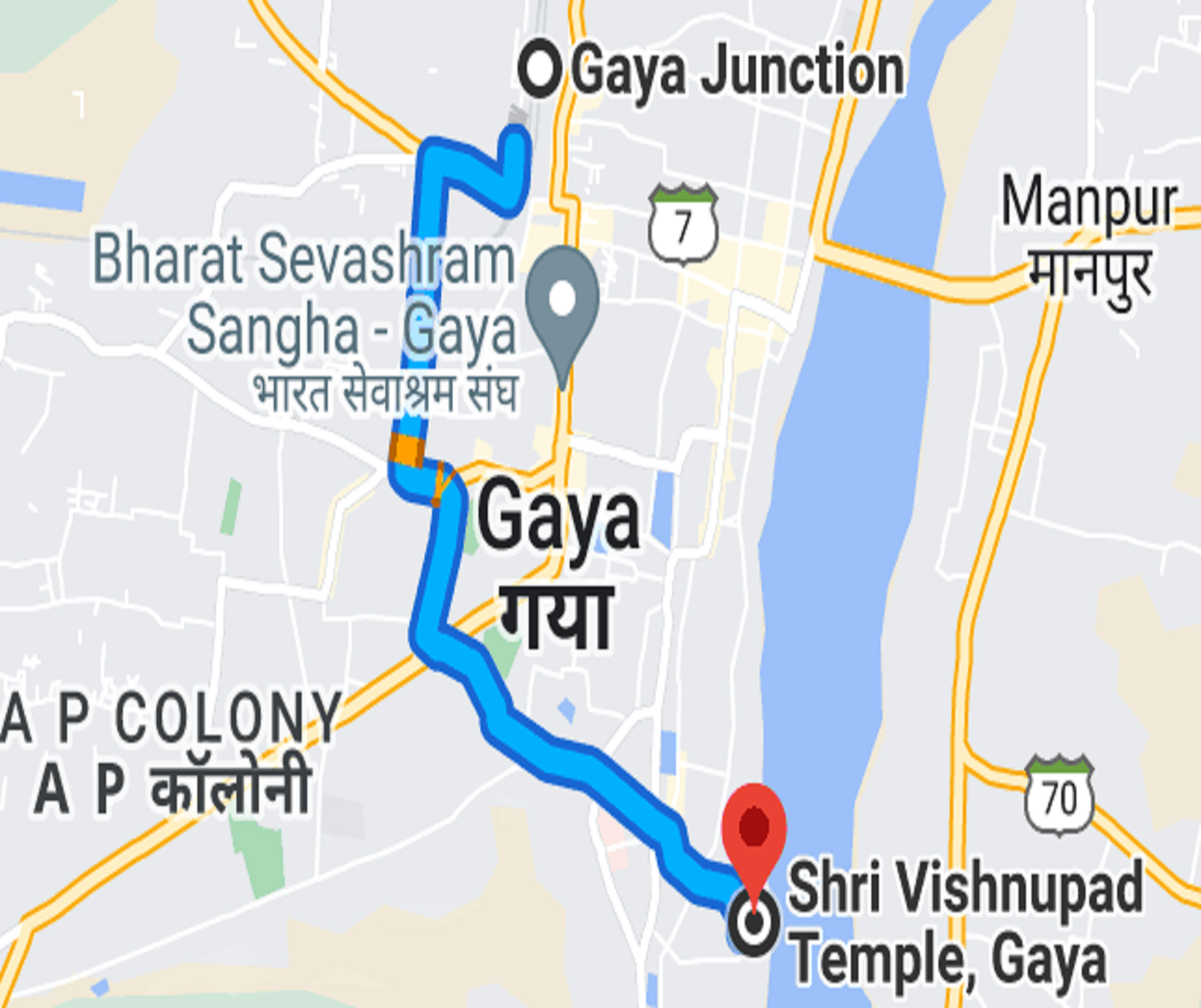
Gaya Airport
The distance from Gaya Airport to Vishnupad Temple is approximately 10 kilometers.
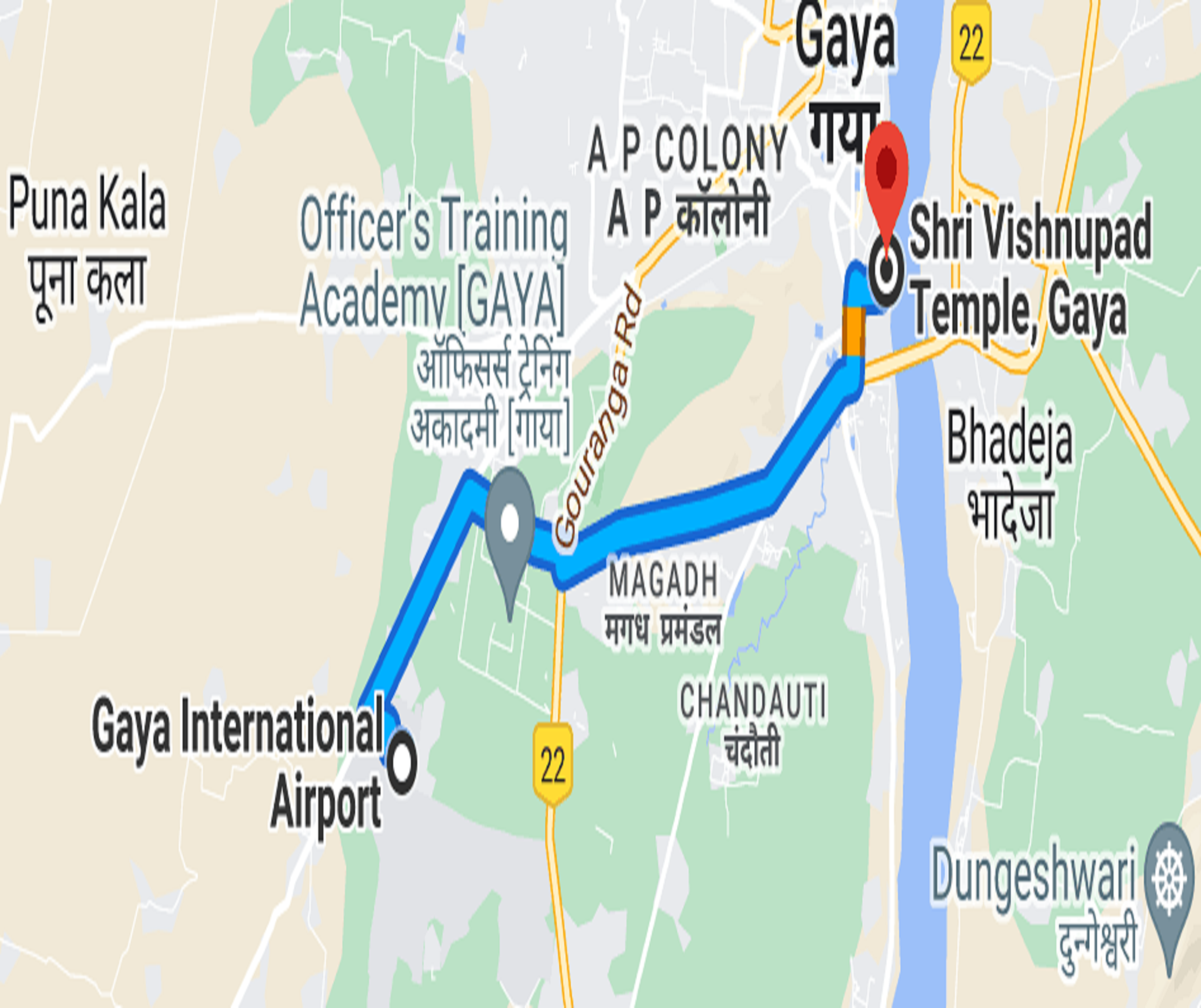
Gaya Bus Stand
The Vishnupad Temple is approximately 3 kilometers from the Gaya Bus Stand.
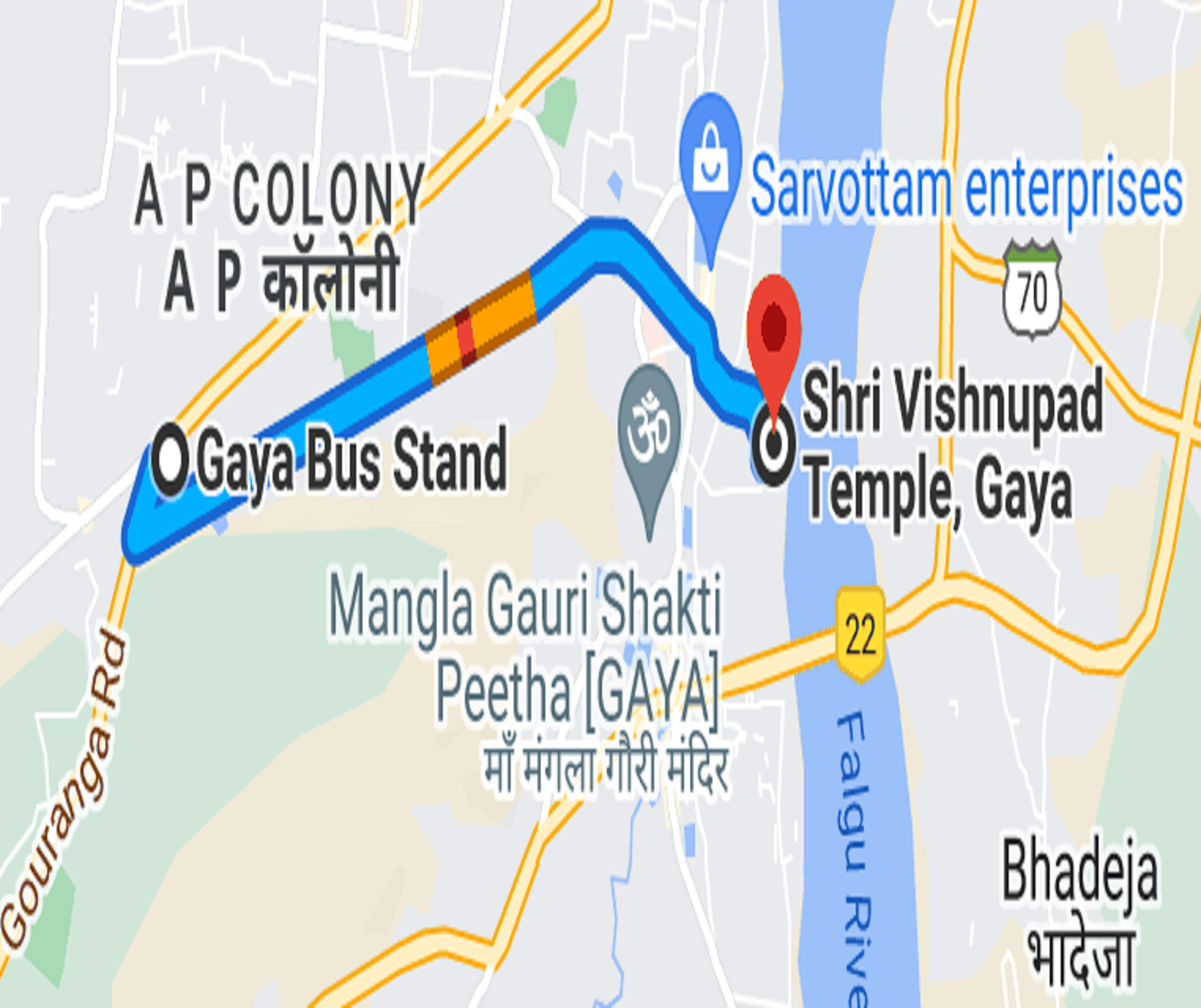
Our Review
Our visit to the Vishnupad Temple in Gaya was a deeply spiritual experience. The temple's serene atmosphere, with the sacred Vishnupad footprint at its center, exuded divine energy. We were captivated by the intricate carvings and the peaceful surroundings. The temple's historical significance, especially during the Pitrapaksha Mela, added a unique sense of reverence. The staff was welcoming, and the temple’s location near the Falgu River enhanced the spiritual ambiance. Overall, our visit to Vishnupad Temple was fulfilling, offering both a historical and deeply spiritual connection to Lord Vishnu. It is truly a must-visit for devotees and tourists alike.
